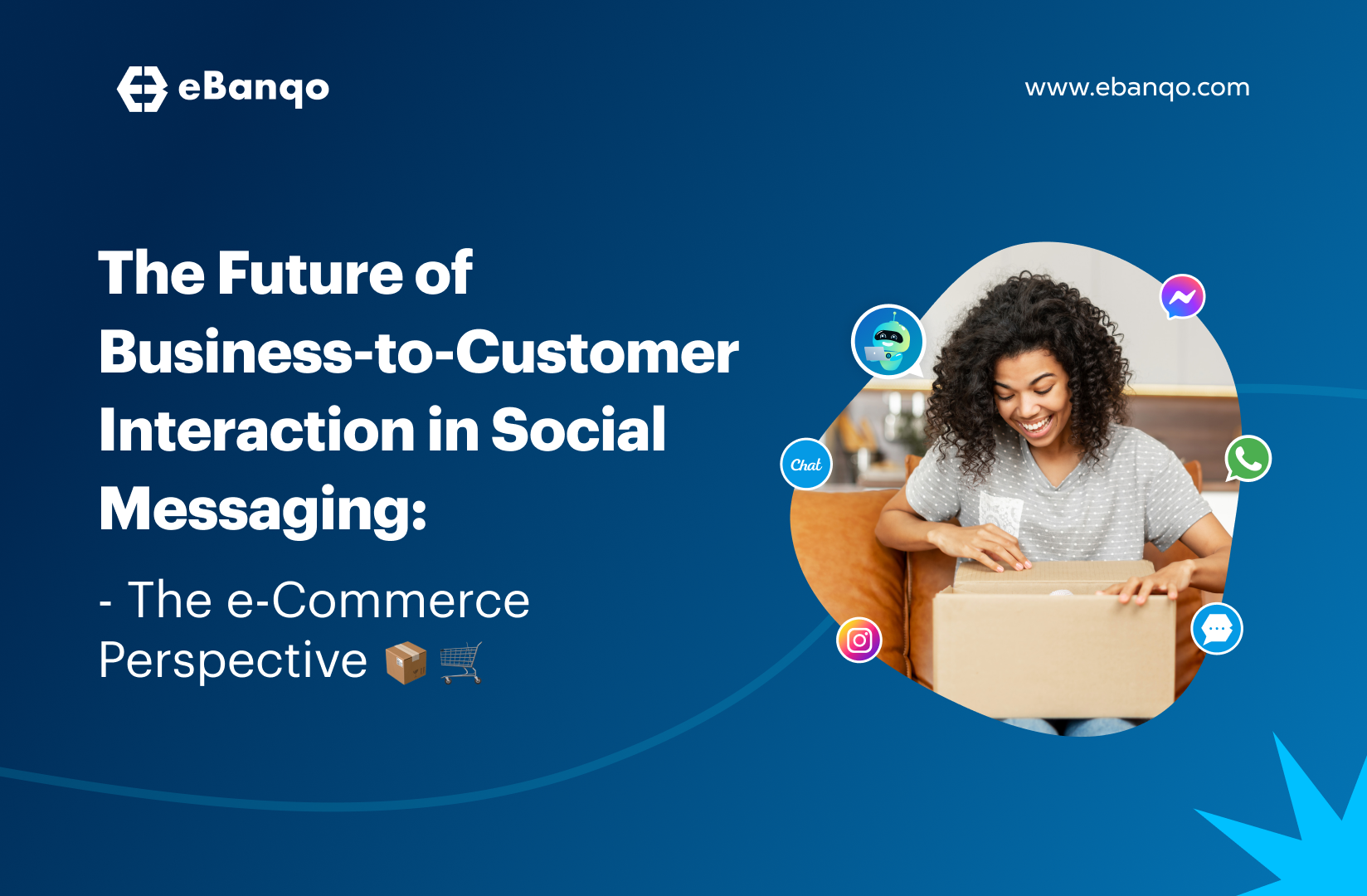
You’re right to obsess over resolving support issues within the shortest time possible because that’s what customers expect, and they look more favorably to businesses that can pull this off. Fast response time isn’t easy to offer. At a first glance, the obvious solution is to hire more people to monitor your channels. But like marginal utility, at some point, it becomes ineffective, especially if you’re a small business trying to manage your resources. In this article, we’ll show you how a customer service chatbot can help you improve your resolution time.
What is resolution time and how important is it?
Resolution time refers to the time it takes to resolve or close a customers’ complaint from the time it was first received. Average resolution time refers to the time it took your team to resolve customers’ issues within a specific period. To calculate this, calculate the time it took to resolve all issues and divide by the number of issues resolved.
Average response time: Time it takes to respond to an issue
——————————–
Total number of issues resolved
Admittedly, there is no “standard” or “ideal” response time as the time required to resolve a complaint varies depending on how complex it is. But after completing this exercise and you discover that your response time is longer than usual, all things considered, then it’s a strong indicator that you need to automate some parts of your customer support.
Imagine a world without Autoresponders,
Have you ever emailed a business and instantly, you get a response telling you they’ve received your inquiry and will reach out with a response? Feedback like this from autoresponders is helpful. They remove uncertainty by letting you know that they have received your message. But they fall short of giving you the immediate solution you want.
Here’s an interesting way to look at it; what if you abolish autoresponders and instead, give customers the instant answers they need? This is where a customer service chatbot comes in.
What is a Customer Service Chatbot?
A customer service chatbot, just like any other chatbot, uses artificial intelligence to understand customers’ support requests, give them the answers they need and help them resolve common issues.
How does a customer service chatbot improve resolution time?
A customer service chatbot improves resolution time in the following ways; assist with the repetitive aspects of customer service like responding to FAQs. The second part is to help customers resolve issues on their own from any platform of their choice without chatting with anyone. Let’s examine how each of these functions improves resolution time.
Assist with the repetitive aspects of customer service like responding to FAQs
80% of customer service inquiries are repetitive and easy to solve. Support reps spend a lot of time answering these questions. This has two consequences. Support reps are inundated with requests that are repetitive and simple, making customers spend a long time in the queue to get an answer to really simple questions.
The second consequence is that customers who have urgent needs spend more time than necessary on the queue, as support reps are splitting their time between simple and serious requests. This wouldn’t be the case if a customer service chatbot is available to handle at least tier one requests.
Help customers resolve issues on their own from any platform of their choice without chatting with anyone.
Take a moment to think about your customer’s experience when they reach out to you on messaging apps. Do they wait a long time to chat with a customer service agent? Based on our data, we’ve discovered that customers leave the queue in less than ten minutes if they cannot reach a support representative.
The result? Dissatisfied customers who leave with their needs unsolved.
A customer service chatbot should be a part of your support strategy for this reason. First, it guarantees speedy resolution time as you automate workflows used in resolving issues. This means that the chatbot assists your customers to resolve issues on several channels without chatting with an agent.
The second reason is that it’s available 24/7. This removes the need to run 24/7 support which most businesses cannot afford. It also guarantees that your customers get immediate help whenever they need it.
Benefits of a Customer Service Chatbot
A customer service chatbot is beneficial to your business in the following ways:
- Faster response and resolution time/better customer experience: No matter how well your agents multitask, there’s only so much your support agents can do at a time. A customer service chatbot can provide rapid answers to questions and help customers resolve their issues immediately without chatting with an agent.
- Better agent productivity: Many support reps are burnt out. The top reason for this burnout isn’t surprising though: repetition. One problem with repetition is that the job gets boring and motivation decreases which affects performance. Having a chatbot work in tandem with your agents give your agent a little extra time to focus on issues best handled by humans, reduces burnout and increases output and quality of work.
- Reduced cost: customer service chatbot reduces cost. But what sets it apart from other customer service cost reduction measures is that it is not at the expense of the agent’s wellbeing or customer experience. By deploying a chatbot, you maximize your current resources without wearing them thin.
Getting Started With a Customer Service Chatbot
By automating customer support with a chatbot, you improve both your customer and agent experience. Here’s how to set up your customer service chatbot:
- Have a session with your support team to understand what a typical day looks like, the type of inquiries they get from customers, and how long it takes to resolve them. This exercise will reveal your frequently asked questions, average response time, and resolution time.
- Next, look through your ticketing platform to uncover additional insights and also to validate the information you received from your support team.
- When you’ve completed the two activities above, you’ll have an insight into the type of issue to automate. A rule of thumb is that it should be a recurring issue, that a machine can handle faster and better than a human.
- Now that you know exactly the customer service requests you want to automate, look for the customer service automation platform that will help you do this. Here are a few tips to get you started:
- Look for a platform that supports several messaging platforms. This is important not just because customers are active on these platforms but because they expect businesses to be available there too. On eBanqo for instance, you can chat with your customers on Twitter, Instagram, Messenger, WhatsApp and Google’s Business Messages from one screen, give them the ability to resolve issues from any of these platforms and if you want to get onboard the conversational commerce train, make your services available to them on these platforms.
- Another consideration is if the platform offers robust integration. Remember that one advantage of customer service chatbot is that customers can resolve issues on their own without interacting with you. But for this to work, you need to integrate into your backend systems, third-party apps like CRMs and other business tools you use.
While a customer service chatbot is not the ultimate solution to all support issues, it is a good place to start if you want to increase agents’ productivity and reduce response time.





